You may try not to get rattled when you’re shooting, especially by practicing strong fundamentals and following through with each shot. There’s a part of you, though, that always will get rattled, unless you offer it protection. It’s your ears, and more specifically, your ear drums. The energy that comes from a gunshot creates a sound that comes with a bonus, a concussion. This concussive energy enters your ear canals, rattles the ear drums, along with all the small bones, ossicles, in your inner ears and, if that’s not enough, also disturbs the cochlea – which are fluid-filled organs full of thousands of hair cells. They all get damaged if you aren’t wearing hearing protection, and it’s possible that these cells will never repair themselves.
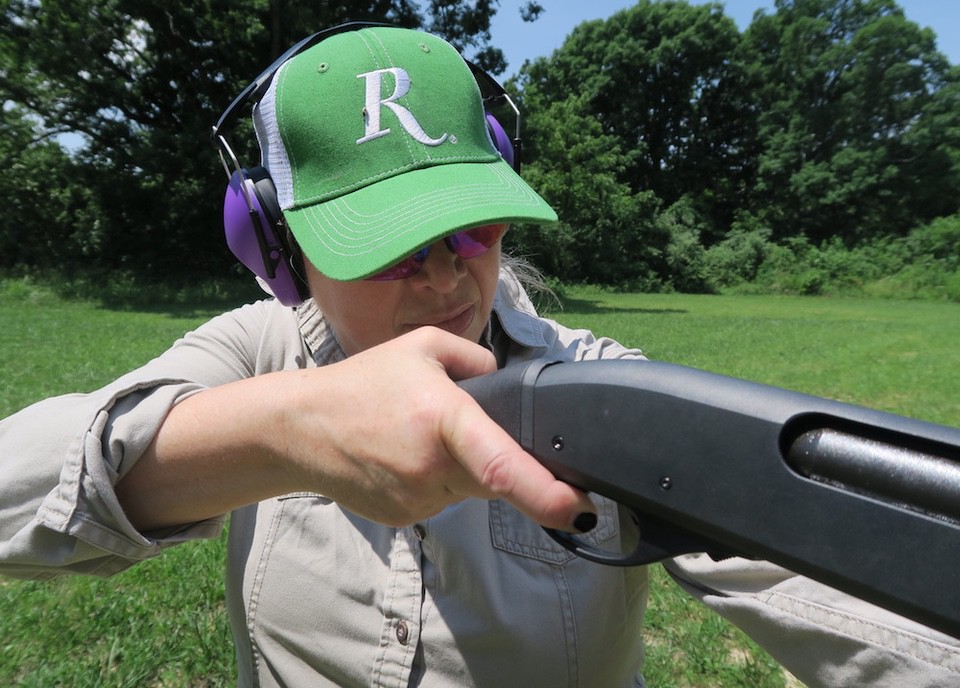
Damaged cells come apart and float in the fluid of the cochlea. Remaining cells around the hair cells become scar tissue. What comes next, might be the dreaded tinnitus, which reveals itself with unpleasant sounds – such as ringing, buzzing, hissing, whistling, chirping and other unpleasant annoying noises – that only you can hear. Tinnitus affects more than 50 million people in the US. It is a common problem among shooters.
There’s a name for this type of damage. It’s called Noise Induced Hearing Loss (NIHL). Shooters might even exhibit NIHL on one side. If you guessed the shooting or dominant side, you’re right. Acoustic trauma may occur to only one ear, if the blast is near it.
Sound from firearm reports can measure easily over 140 decibels; a small caliber, such as a .22 is about 140 dB and a larger caliber can produce up to 175 dB. Jet engines produce about 140 decibels, just for comparison. Any noise above 85 decibels over a period will more than likely cause NIHL. A good rule of thumb is this … if you must shout for someone with normal hearing to hear you at arm’s distance away, because of noise, it’s probably in the danger zone. To choose the proper hearing protection, you need to understand the various decibels of everyday sounds.
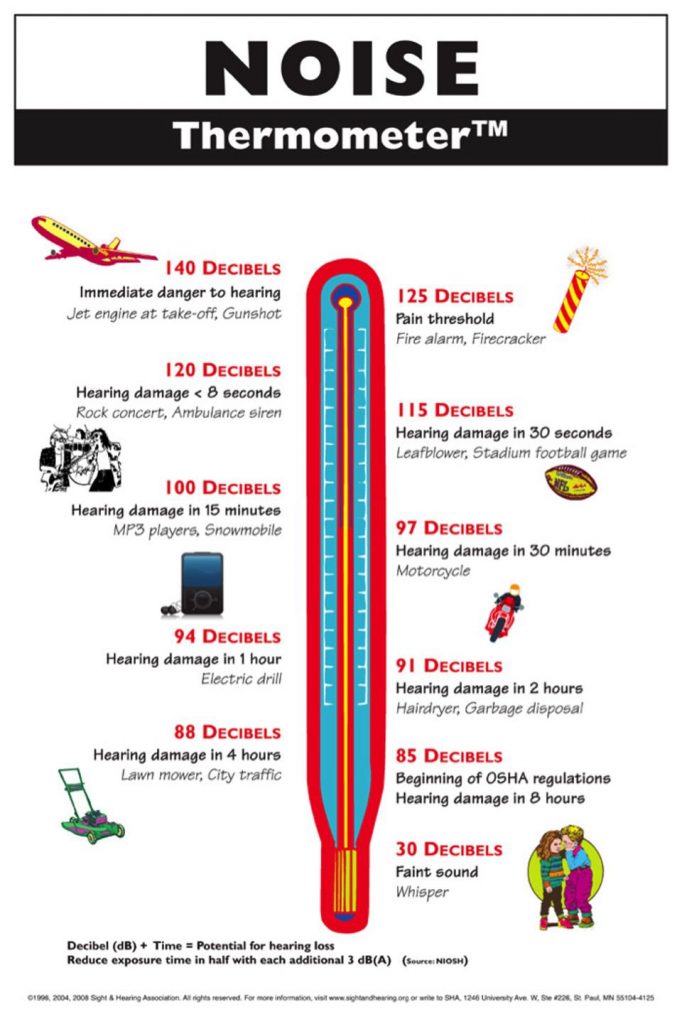
Hearing protection devices (HPDs) come in many shapes and sizes. To comply with the Environmental Protection Agency’s standards, hearing protection devices must be inspected before going on the market, and after lab tests, they are designated with Noise Reduction Ratings (NRRs) – ranging from 0 to 33. The greater the NRR, the greater the level of noise reduction from the protection.
Any ear protection – whether muffs or plugs, must fit the ears properly. Too small and it doesn’t block the sound. Too large, and frankly, it just hurts. Muffs and plugs come in electronic versions, which will cost more. Plugs can be fitted to your ear canal’s size, too.
I carry a range of hearing protection devices in my range bag. Often, the choice of my ear protection depends on the gun and caliber I’m shooting. It can also depend on whether I’m shooting indoors or in a situation with greater concussive abilities – such as backstops on a rifle range made of concrete or a basement indoor range that is close quartered. Also, when I’m shooting a long gun, I either put on my electronic ear plugs or my low impact muffs. Standard muffs will interfere with a good cheek weld on long guns. So, before you purchase a pair of plugs or muffs, think about how and where you’ll be shooting.
Children’s ears are even more sensitive than adults’ ears, and it’s of maximum importance to keep them protected. However, putting adult-size and weight ear muffs on them for range time may not only be insufficient because of it, the weight might also bother children’s necks. There are several options for children and hearing protection on the range.
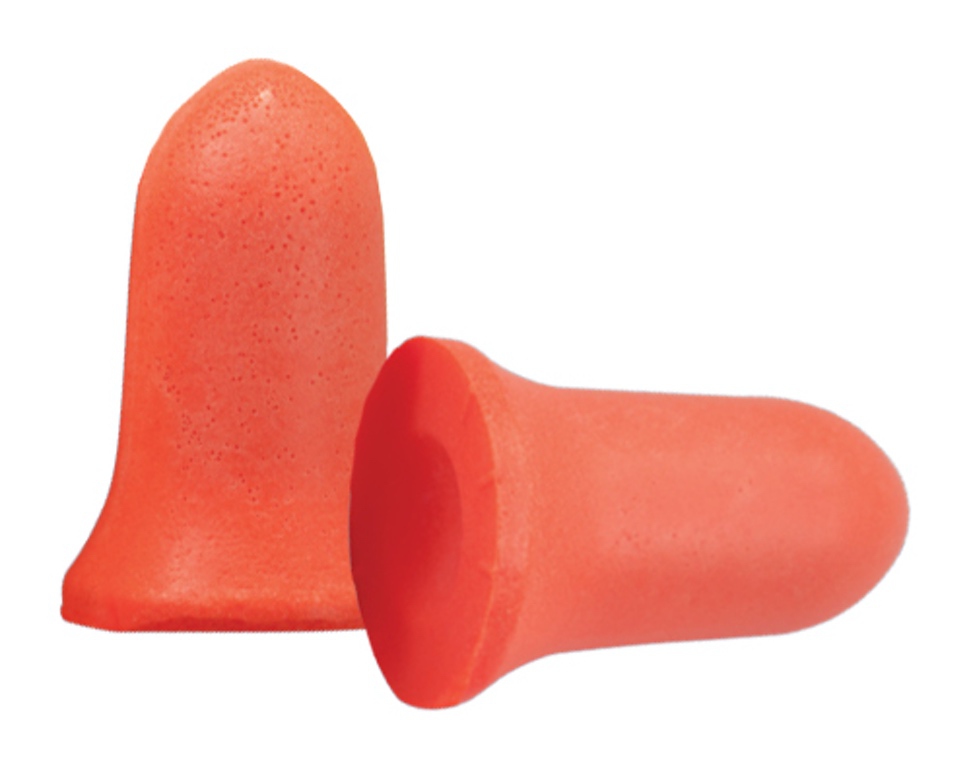
Also known as foamies, passive ear plugs are cheap and easy to use. Good ones can offer NRR 33 protection. Many shooters combine these plugs with ear muffs for larger caliber guns, which can add up to 10db more protection. You can buy a bunch at one time in pairs, or purchase a pair on a special headband, such as the ones offered by Howard Leight. I always have a couple of pairs in my “mom bag” for traveling.
MSRP: Prices varies on individual plugs, and $6.78 for band with plugs
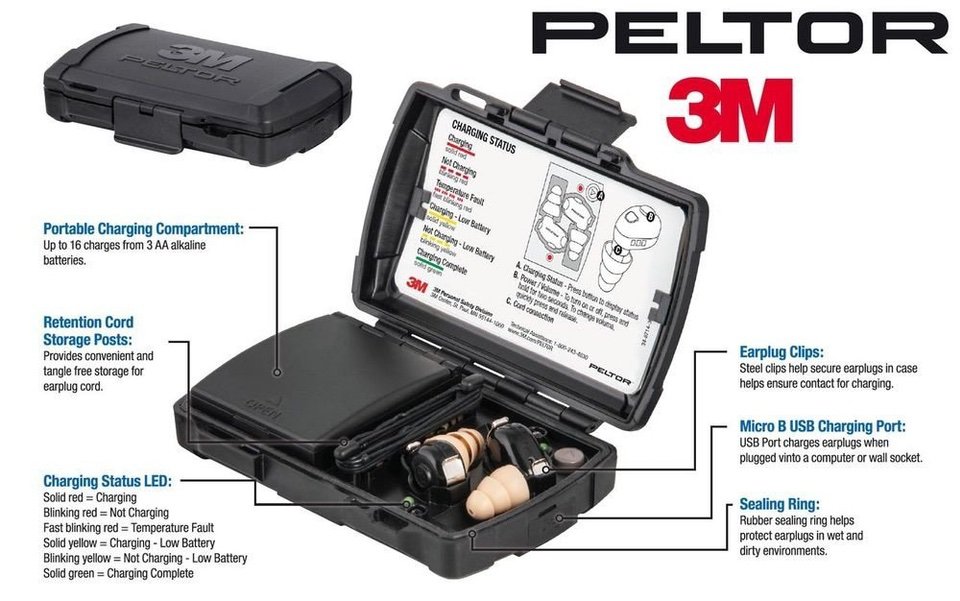
These plugs have been hunting in the UK and Canada with me, and on ranges all over the country. They are my go-to plugs, and come in a rechargeable case, powered by 3 AA alkaline batteries or USB. The plugs come with 3 choices for eartips, to fit most ear canal sizes and offer a 1-button operation that facilitates between high or normal volume settings. They reduce loud reports, yet amplify low-level sounds and I’ve never heard the wind whistling by them while afield.
MSRP: $429.99
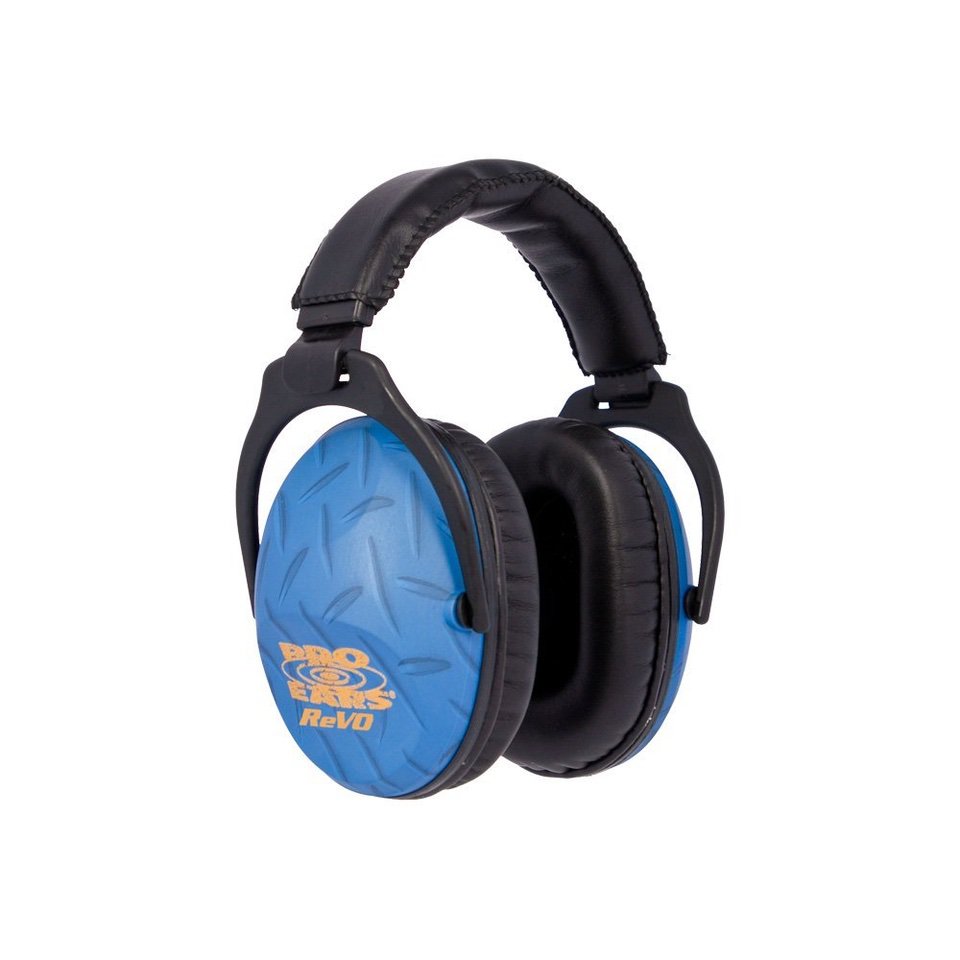
Pro Ears redesigned its popular passive protection muffs, the Revo Muffs, to fit kids’ ears. The ear pads have been especially attended to, so that the seal doesn’t gap near the jawline.
MSRP: $34.99
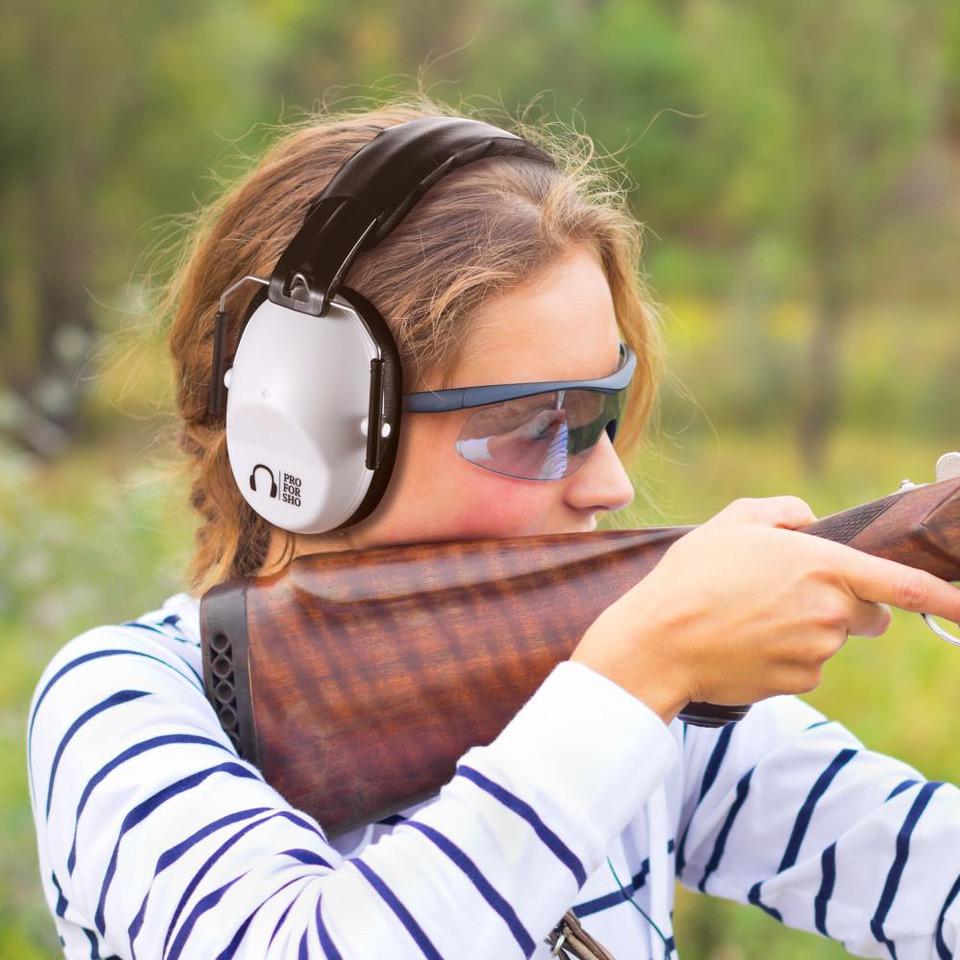
Goodbye bulky earmuffs. Pro For Sho redesigned its line of ear muffs with long guns in mind. The headset is lightweight, and I managed to keep these on all morning in sweltering heat while shooting a shockwave-type firearm for a review.
MSRP: $17.45
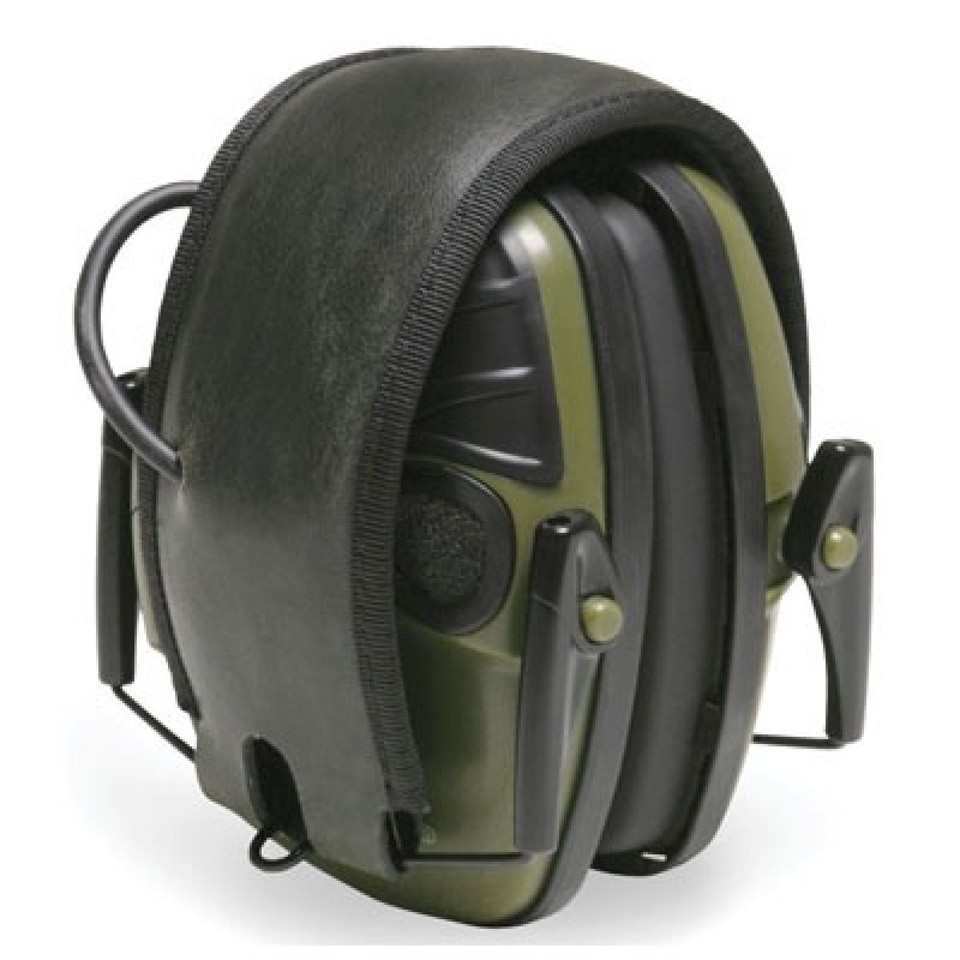
One of the country’s leading hearing protection manufacturers, Honeywell Howard Leight, offers a resource, “Hearing Protection Recommendation,” so you can find the right protection. I own 2 pairs of the Impact Sport muffs from this company. I like the lightweight feature and low profile of the earcups. These muffs offer Air Flow Control technology, which means they don’t heat up as fast as other muff cups. Best of all, loud noises get shut off to 82dB, yet the muffs will amplify spoken words. The muffs come with an AUX jack which can connect to MP3 players and scanners, too, and in a wide range of colors.
MSRP: $44.20
I also own several pairs of Champion’s Electronic Ear Muffs, that I routinely loan to new women shooters. It’s especially important that not only do they get hearing protection so they don’t get hurt, but also, that they will not experience the noise on recoil. The women who have been wearing these muffs for the past 2 years in our local Well Armed Woman chapter like them. The muffs allow them to wear shooting glasses and hats, and to hear commands and carry on conversations.
MSRP $43.45
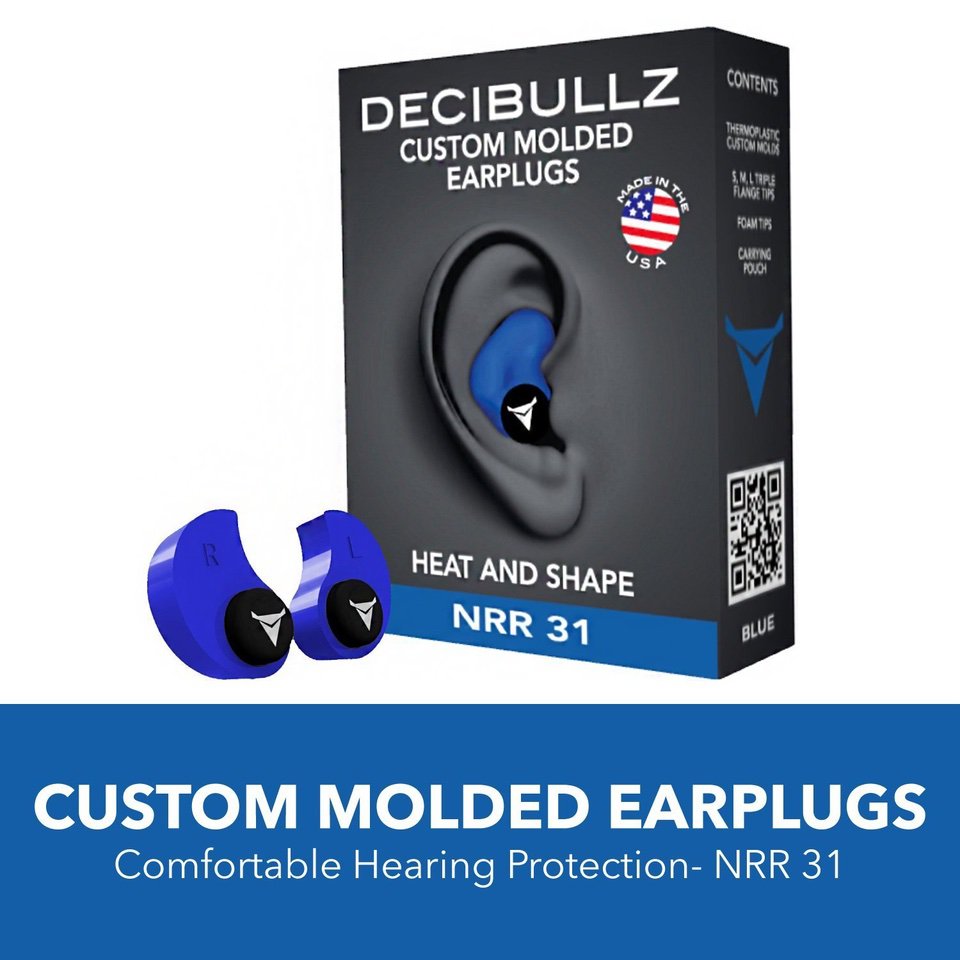
Yes, you can heat up some thermoplastic molds in the privacy of your own kitchen and create your own custom-molded ear plugs. Decibullz offers the plugs, which are highly rated, in several colors. A kit comes with 2 Decibullz Thermoplastic Custom Molds, 3 Sets of triple flange tips and a carrying pouch.
MSRP: $25.99

If you’re ready to splurge on hearing protection, check out the fine line of custom-fit digital hearing plugs from Electronic Shooters Protection (ESP). Offering models from the Classic to the Dynamic, ESP electronic earplugs come with P2i waterproof nano-coating technology and a 30-day free trial. Check out this page to compare the 4 models available.
MSRP: From $900 to $2,400 per pair
Publisher/Editor Barbara Baird is a freelance writer in hunting, shooting and outdoor markets. Her bylines are found at several top hunting and shooting publications. She also is a travel writer, and you can follow her at https://www.ozarkian.com. View all posts by Barbara Baird